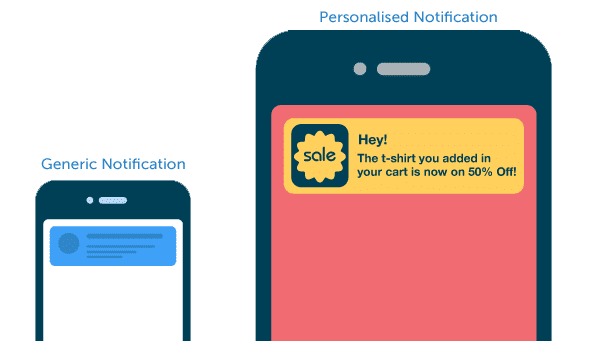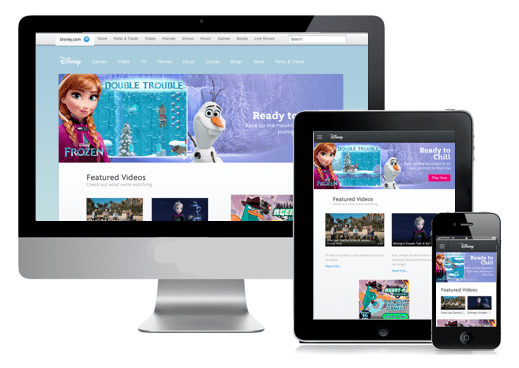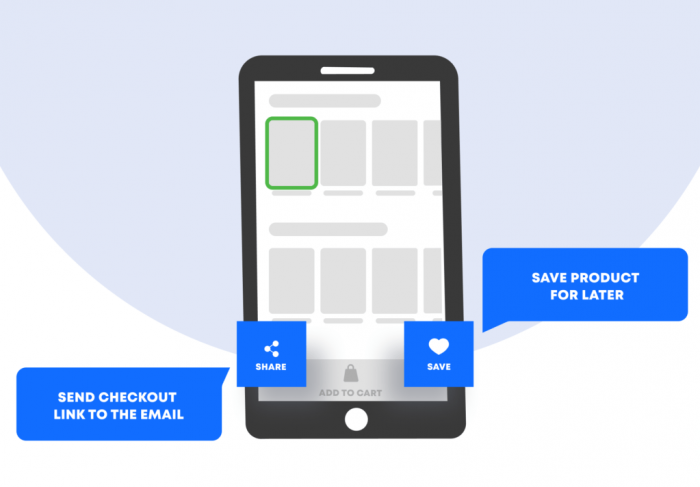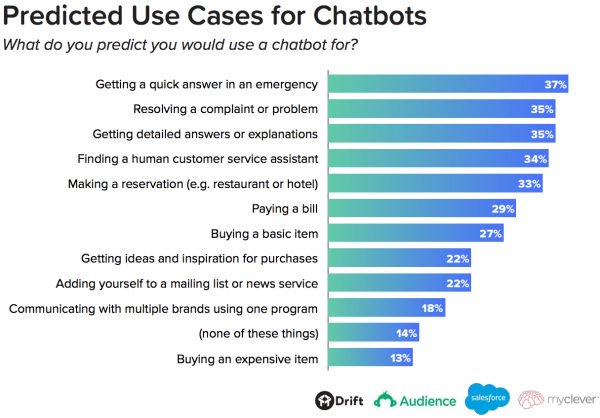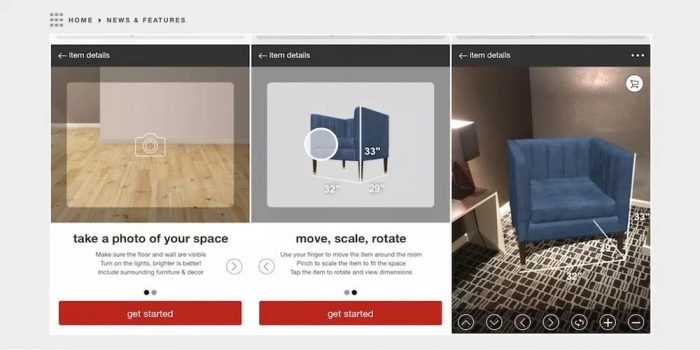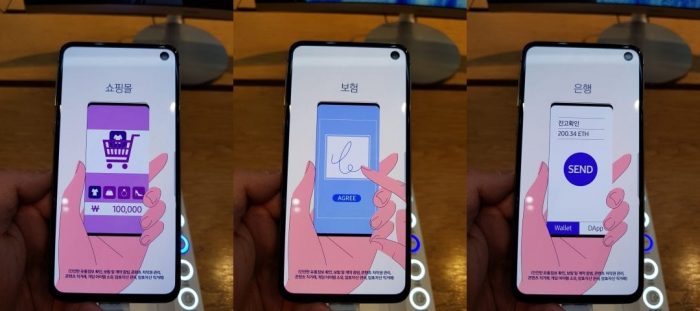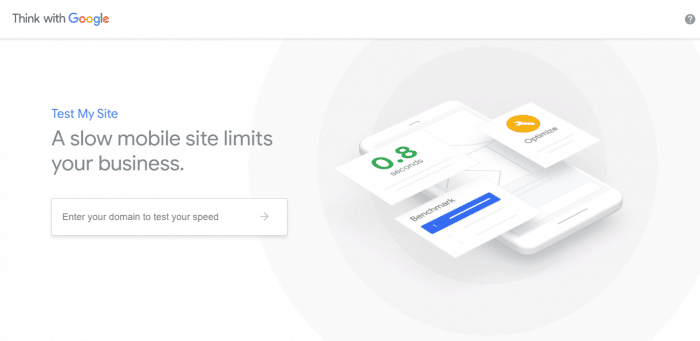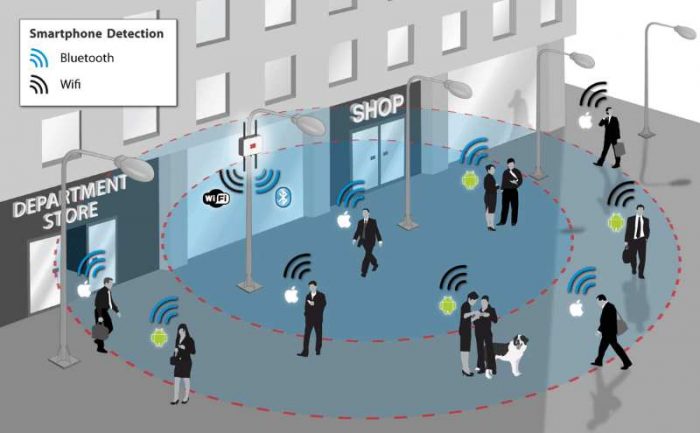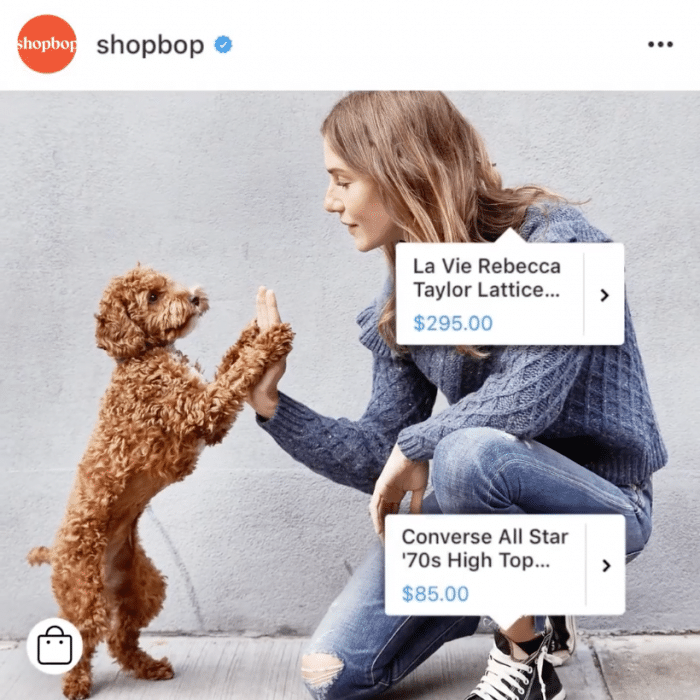
Mobile devices account for more than half of all internet traffic.
The shift by consumers to using their mobile devices can’t be denied, what with 62 percent of smartphone owners using their gadgets to shop.
But why should mobile commerce really matter in 2022?
According to Statista, e-Commerce sales from mobile in 2017 accounted for 34.5 percent of the overall sales figure, and this statistic is increasing. By 2021, 54 percent of the total e-Commerce sales are expected to come from mobile. It is no surprise then that most websites and online stores today are getting more mobile-responsive, and accessible via these devices. This doesn’t necessarily mean your business is mobile-ready. You could still be missing out on huge sales, as only about 12 percent of consumers find mobile shopping convenient. mCommerce growth will continue being driven by frictionless and ‘shoppable’ creative mobile shopping experiences in 2022. This is because shoppers always want immediacy and a seamless and great mobile experience.
Consequently, several trends and changes are expected by brands in the mCommerce space going forward.
Here are the top mCommerce trends likely to rule in 2022.
Smart personalization
Image: ReadWrite
With smartphone users already used to getting personalized experiences while on their mobile devices, they expect a similar experience from your online store. A research report by Accenture revealed that companies that personalize mobile experiences are preferred by about 43 percent of consumers. Therefore, brands will have to invest in smart personalization in their mCommerce strategies to ensure consumers enjoy more personalized experiences. These include personalized product offers and recommendations, promotions, and much more. A good place to start is by analyzing their demographics, previous searches, type of mobile devices they use, and other personal data you may find. Personalized experiences increase customer satisfaction ratings, while boosting sales conversions and customer loyalty.
Omni-channel Experiences
Image: SalesandOrders
A study by Harvard Business Review revealed that only 7 percent of more than 45,000 shoppers were online-only shoppers. 73 percent of the shoppers use multiple channels. This is the Omni-channel mCommerce experience, and it is one of the best techniques for guaranteed growth in 2022. Modern shoppers are looking for seamless experiences across the board – whether its time zones, location, or their reasons for shopping – everything has to be consistent, even branding. Having mobile devices makes it even tougher, because they expect instant gratification. More data shows that 89 percent of customer retention is experienced by companies with strong Omni-channel customer engagement. Omni-channel experiences are a great way of providing seamless experiences across multiple devices as the purchase journey tends to begin from a PC then to a smartphone.
Make sure your store is optimized for all devices, with consistent branding across platforms, and personalized content on all channels.
Seamless checkout
Image: Divante
The checkout process can make or break your sales and revenue. If the rate of cart abandonment on your store is high, make sure you streamline the checkout process. This is because most smartphone or mobile device shoppers tend to engage in impulse buying a lot while using their devices, sometimes for fun. To target such users, you need to offer a simple, safe, and seamless checkout process – usually one-click – as this will attract them to your store. Sometimes their attention span gets in the way, so they don’t spend enough time to complete and finalize on their orders. Having a seamless checkout process ensures your cart abandonment rates decrease, and sales conversions increase.
Automated Customer Support
Most websites today, not just e-Commerce stores, have chatbots or online automated customer support services. Recent studies show that by 2020, a whopping 85 percent of all interactions with customers will be handled without human interventions. You need to remember this as you plan your mCommerce strategy in 2022 so as to offer better customer care. Similarly, the speed of your site is important besides automating customer service for mobile device users to be satisfied. Chatbots are one of the main and integral tools being used by most websites for customer support in 2020.
Image: Convince and Convert
Chatbot technology operates using natural language processing to offer conversational experiences between your brand and consumers. It eliminates all the extra steps customers go through to get to customer support departments, as more consumers prefer chatting services rather than making calls or sending emails. They also offer round-the-clock services, and with artificial intelligence (AI), you can gather more data on your customers and use for analysis.
Chatbots are also able to predict customers’ next questions and prepare responses, while offering personalized experiences based on their preferences.
Augmented Reality (AR)
Image: 9to5Mac
Some years back, AR may have sounded lofty, and futuristic. Today, however, it is real and brands are embracing AR to attract consumers, more so in mCommerce and mobile marketing. Through innovative mobile app development, companies can get a slice of this market, and display their products in familiar locations for their consumers. AR-capable apps allow your customers to virtually try out and interact with your products to see how they look, work, and what else they can do with them. It works best for mobile devices, which is why it is a huge trend likely to rule in 2022, so businesses need to prepare to use it so as to stay ahead of the pack. The opportunities for its use in your mCommerce business are unlimited.
Crypto Payments
Image: Coindesk
Not everyone has quite understood how cryptocurrencies work, but brands and consumers alike are slowly getting to know what it can do for them. In 2019, cryptocurrencies, which have dominated online conversations and debates in recent times, has metamorphosed into a payment method that cannot be ignored. Multiple cryptocurrencies are available today that are acceptable for online or offline businesses. For regular mobile shoppers who use cryptocurrencies will want to find these payment methods on your store, like Bitcoin and others. They not only make for faster completion of online transactions, but they’re also the future of payments and will attract new customers, while building loyalty.
Supercharged and Optimized Page Load Speeds
Image: Think With Google
Mobile users want pages to load almost instantaneously the moment they visit your store. It’s either that or they move to the next best site. Slow websites will struggle with low customer satisfaction rates, high bounce rates, and poor sales among other issues. Optimize the speed of your site and think mobile-first as you build it so that your pages load easily on all mobile devices. This also helps you prepare your store for mCommerce, and offer a better user experience to mobile shoppers.
Proximity Marketing
Image: Frugal Entrepreneur
If you have a physical store, you can leverage proximity marketing, which targets consumers who are within a radius of your store through beacons. Beacons are small devices that send out signals via Bluetooth to mobile devices of customers nearby who downloaded your app. Mobile notifications pop up on their devices encouraging them to visit your store. As much as privacy is a big issue today, 88 percent of customers say they’d share their location if what they get in return is something they consider valuable.
For brands, this means offering value in form of offers, discounts, in-store coupon codes, and more to drive foot traffic to physical stores and increase sales.
Shoppable Tags
Image: Instagram Business
Instagram launched Shoppable Instagram Posts sometime in 2017, which allows brands to sell their items and consumers to buy from brands. As more businesses embrace social media (which plays a key role in mCommerce), consumers’ demands also increase. With Instagram and Google, businesses can easily promote their products so you need to leverage on this latest feature, which for Instagram is available in about 46 countries. Upgrade your mCommerce strategy in 2022 using shoppable tags on Instagram. Google, which also offers shoppable tags in Google Ads, knows the level of traffic your store gets from mobile, so it’s bound to do mobile-friendly optimization on your behalf.
Summary
Numbers don’t lie!
mCommerce is a major force in 2019, so no e-Commerce retailer should neglect it. Optimize your online store for mobile so as to get ready to provider better experiences for your current and potential customers.
One of your priorities, however, should be security and user experience, as you watch your online store grow in terms of engagement, traffic, customer conversions and loyalty, as well as sales.
Remember: the user experience first, and make sure your mCommerce strategy is aligned with your plans to offer an Omni-channel experience.
